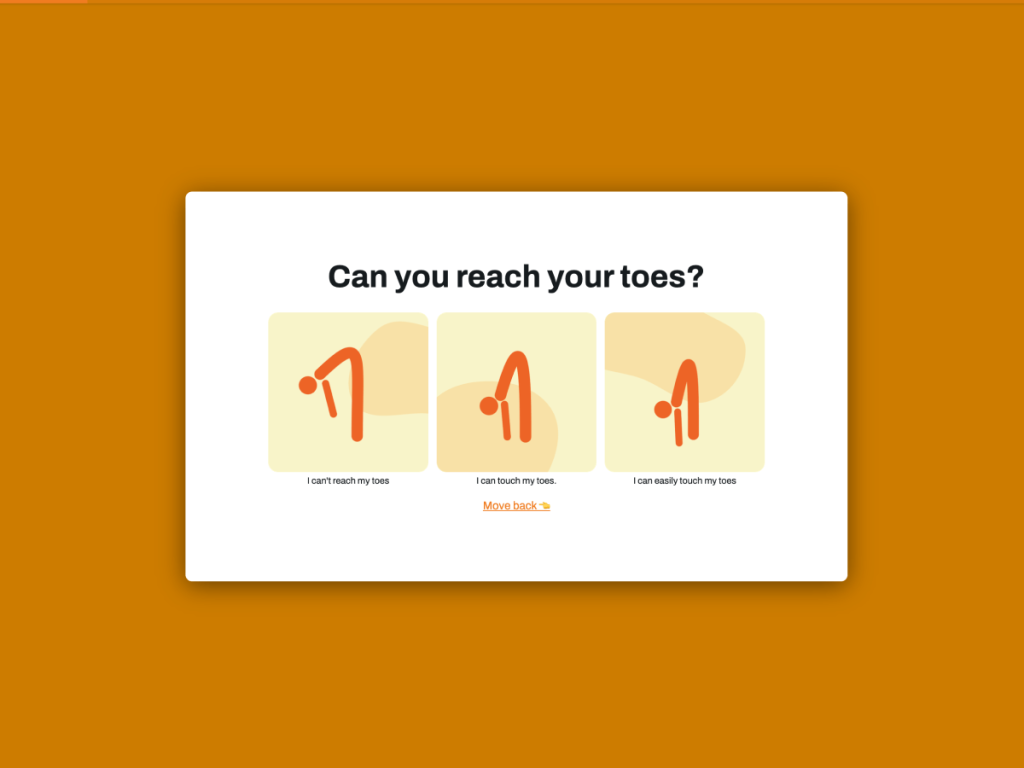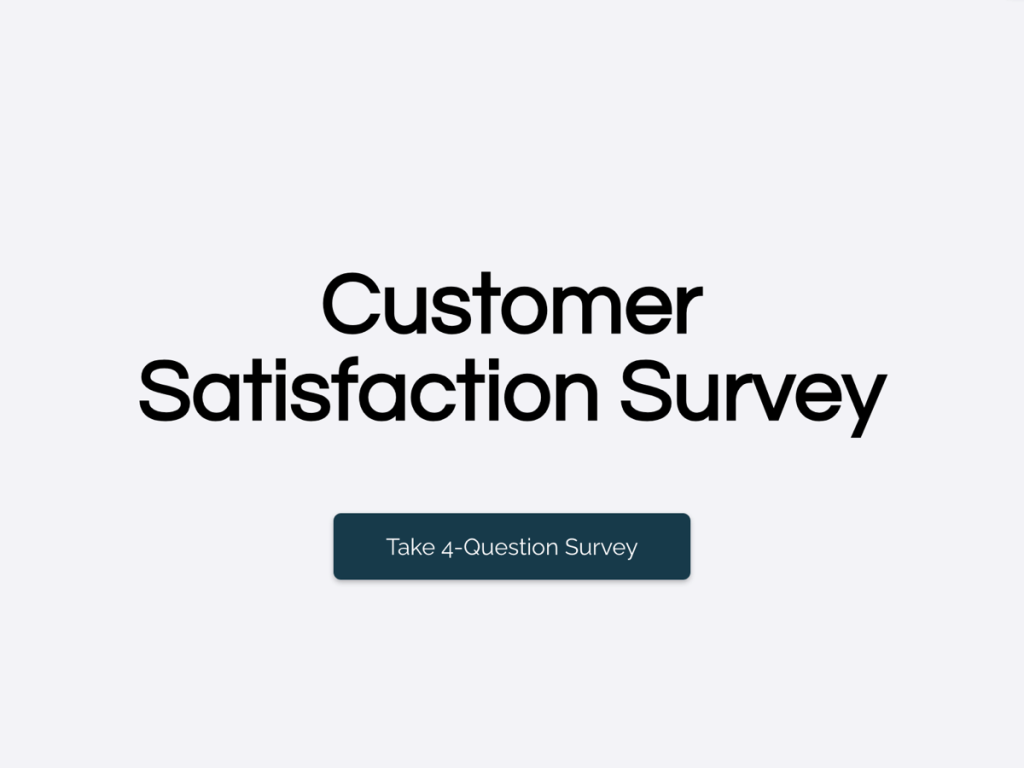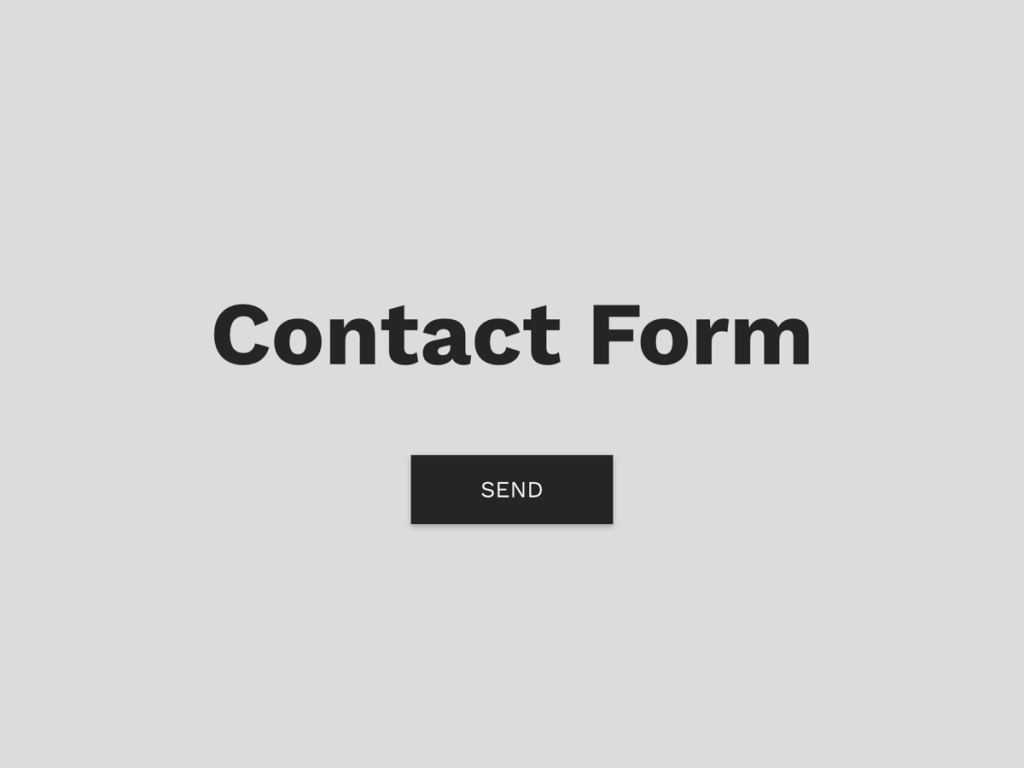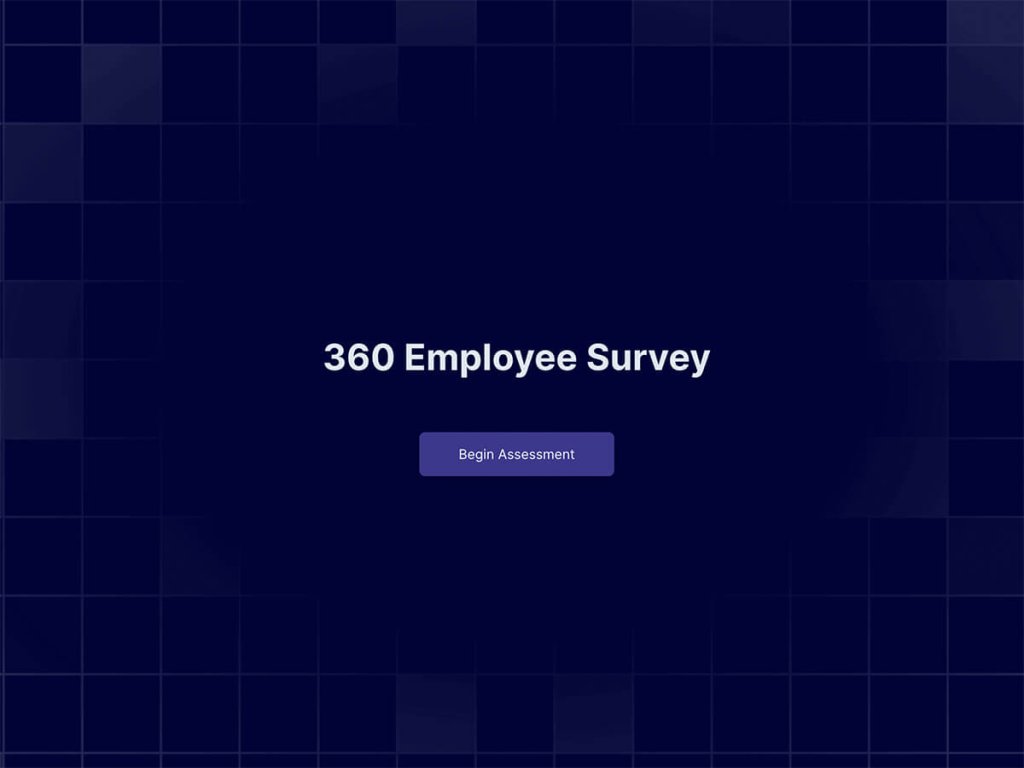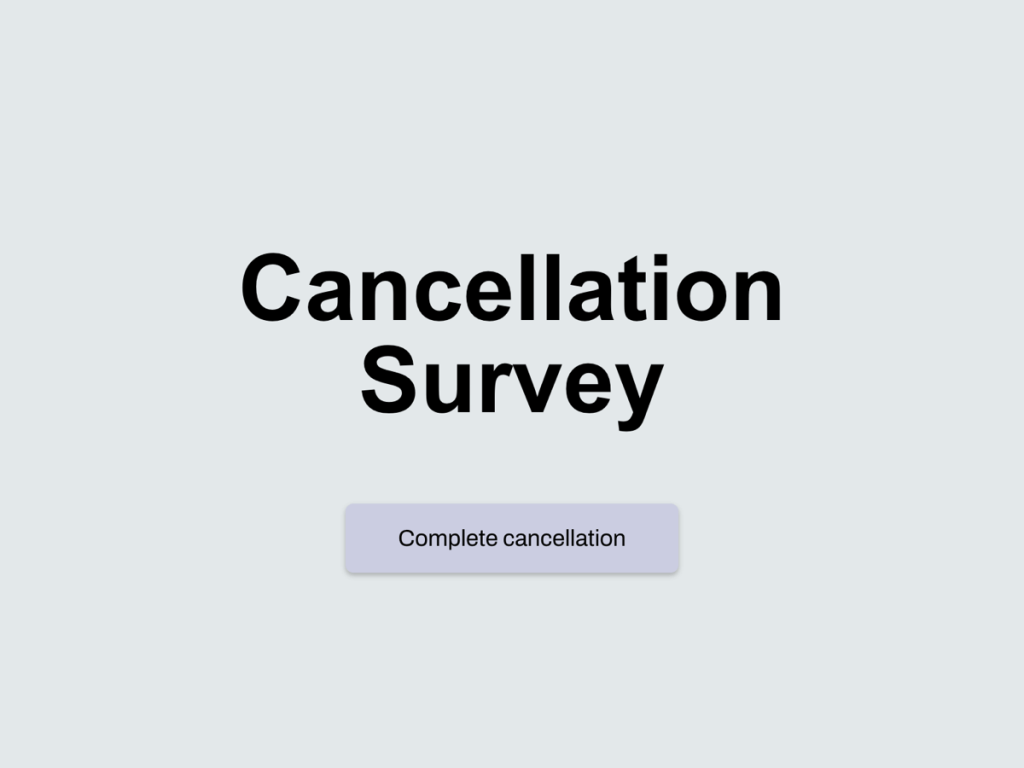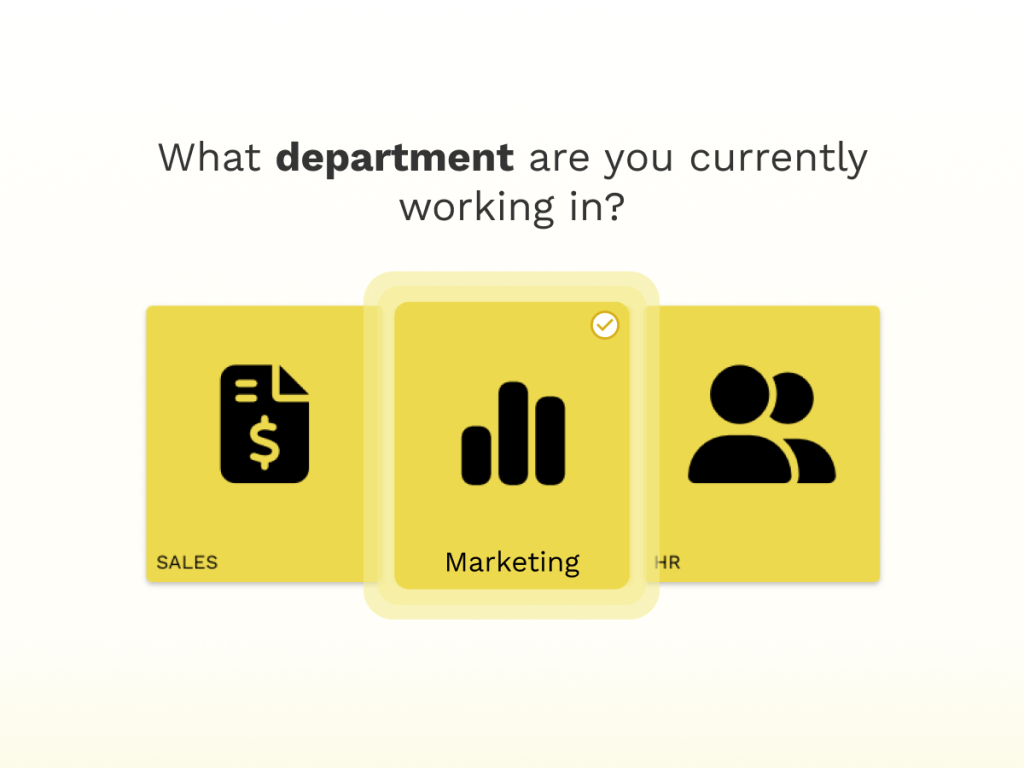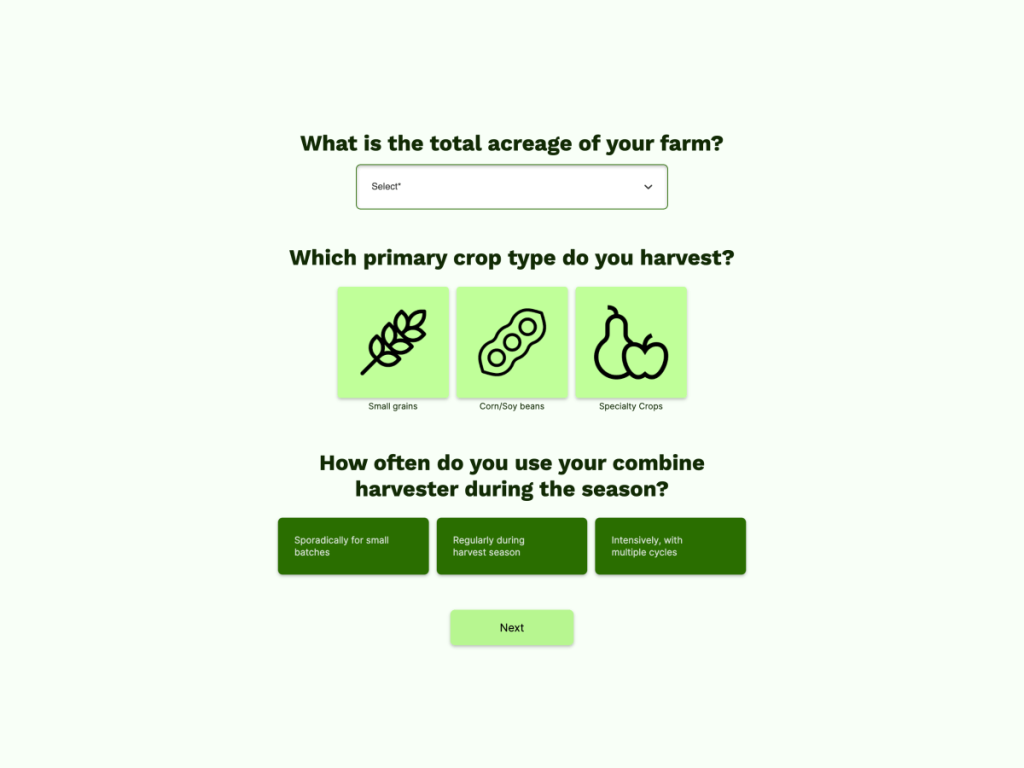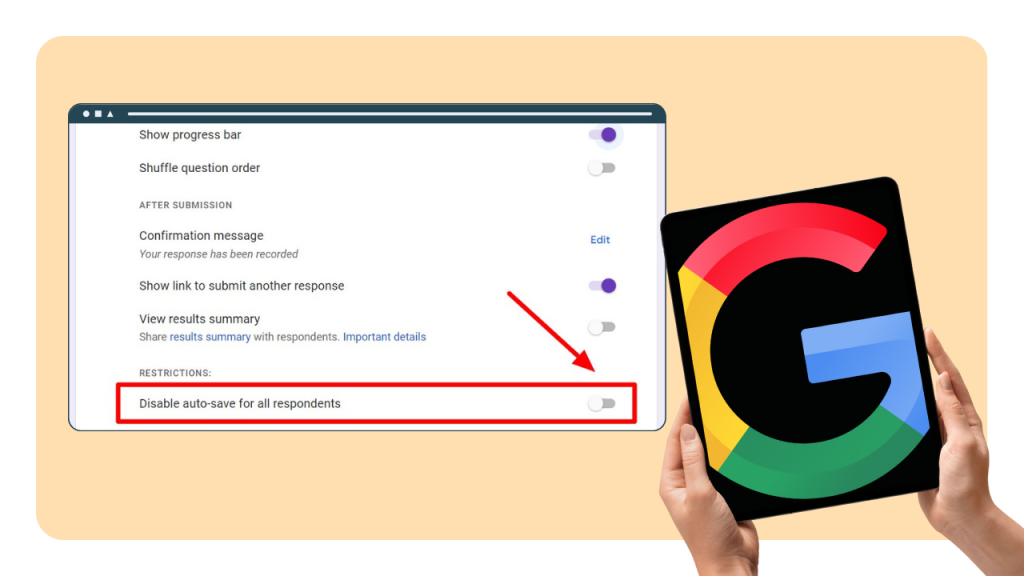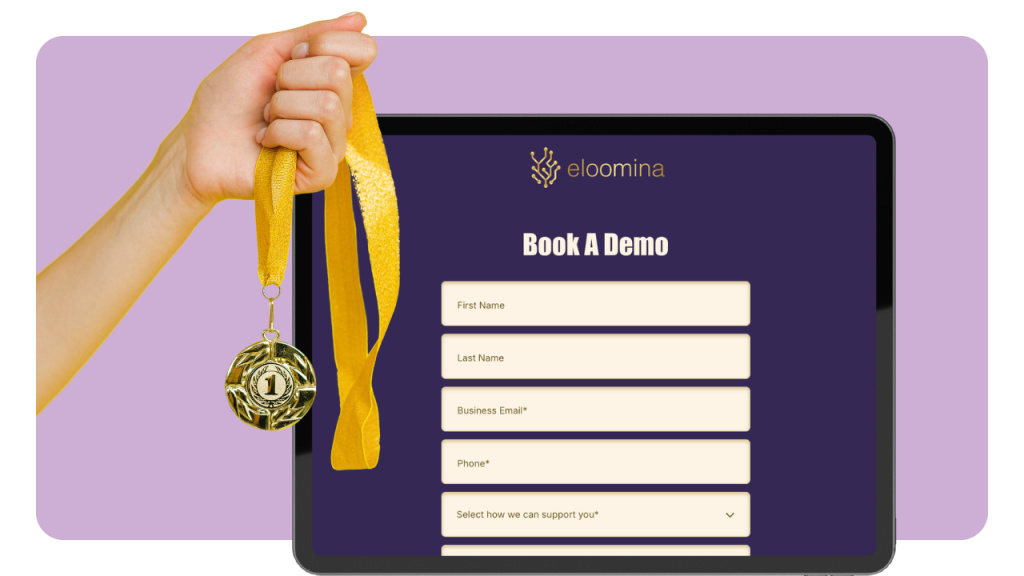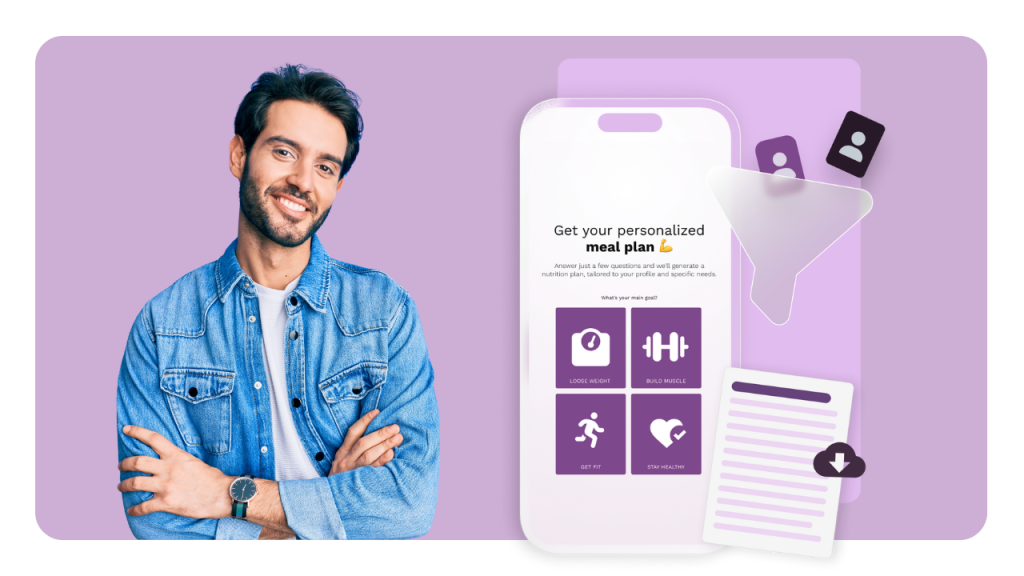Want cleaner insights and higher conversions?
In this guide, you’ll learn the best data collection methods you can run today with involve.me. This will help you capture high-intent, privacy-friendly zero-party data that actually improves conversions.
Why Data Collection Looks Different Now
Third-party tracking is fading, privacy expectations are rising, and buyers want transparency and a fair value exchange. That’s why the most effective data collection methods today focus on zero-party data (what people volunteer about their needs and preferences) and first-party data (what you observe on your own properties).
Here’s what that means in practice:
Lead with value. Offer tailored results, content, or next steps in return for answers. Quizzes, multi-step forms, and short surveys make this exchange feel useful, not nosy.
Pick the right instrument. Match data collection instruments to goals: forms (leads/registrations), the classic survey method of data collection (CSAT/NPS, research), and quizzes as a data gathering survey that captures preferences (zero-party).
Reduce friction. Multi-step, conditional paths streamline the questionnaire survey method and lift completion.
Make data actionable. Choose data collection method and tools with built-in AI summaries, drop-off detection, and scoring.
Scale what works. Standardize your data gathering instruments as templates; iterate with A/B tests and clear consent.
Ways to Collect Data (Top 5 Data Collection Methods)
Use these data collection methods to capture customer data with the right data collection tools.
Online Forms
Online forms are the simplest way to capture structured data for leads, registrations, and payments.
Building from scratch can be tricky, but with a personalized, multi-step funnel builder like involve.me, you can create and embed a branded form on your site in minutes. Add field validation, progress indicators, and consent checkboxes so submissions are clean and compliant.
Online forms are ideal for pre-launch interest, event sign-ups, and gated content. You’ll collect first-party and zero-party data you can route to your CRM and email tools for fast follow-up.
Surveys & Questionnaires
Surveys help you measure sentiment and prioritize what to fix next, such as CSAT, NPS, CES, and feature feedback.
With involve.me, you can use branching logic, answer piping, and optional AI summaries to keep questions relevant and analysis fast. Keep wording neutral, mix scales with short open responses, and set frequency caps to prevent fatigue.
Surveys deliver reliable insights that translate into high-converting product and CX decisions.
For example, after a purchase, trigger a 3-question survey asking delivery satisfaction, product fit, and an open “What could be better?”, route low scores to support and push tags to your CRM for targeted follow-ups.
Quizzes
Quizzes turn discovery into a value exchange. They collect preferences and intent while giving users instant recommendations.
With involve.me, you can design outcomes first, then add scoring, weighted logic, and personalized results pages. Sync outcomes to your CRM to segment audiences and trigger the right nurture paths, great for qualification and higher conversion rates.
Quizzes are especially effective for product finders, plan selectors, and ROI calculators.
For example, a skincare quiz can ask about skin type, goals, and budget, then recommend a routine on the spot, while passing the user’s outcome and score to your email platform for tailored sequences.
In-Product Micro-Surveys
Micro-surveys are lightweight prompts inside your app or website, usually one focused question shown at the right moment.
Use behavior or timing to trigger them (e.g., after first use of a feature, day 7 of trial, or on cancellation).
They’re perfect for validating copy, understanding feature usability, and catching friction early, so product teams can iterate fast.
Behavioral & Transactional Data
Behavioral (events, clicks, usage) and transactional (purchases, refunds, plan changes) data show what people do, not just what they say.
When you blend this first-party data with declared answers from forms, surveys, and quizzes, you get a single, actionable view that powers personalization, scoring, and experimentation. Ensure consent is logged and events are standardized so insights are trustworthy.
Use it to spot funnel drop-offs, track activation, and connect product engagement to revenue.
For example, a SaaS team can combine onboarding survey answers with feature-use events to see where new users stall; they can then trigger a personalized checklist or offer to book help.
How to Collect Data with involve.me (Step-by-Step Guide)
Set the goal and value exchange
Decide the outcome you want. Leads, feedback, sign-ups, or sales. Then decide what users get back. A quote, a plan, a result page, or a follow-up. Clear value earns zero-party data.Pick a template
Choose the right data collection tool for the job: forms, surveys, or quizzes. Start from a template to move fast.
Create Your Own Data Collection Tools
Get started with 300+ templates
Customer Engagement Quiz for Software Template
Customer Satisfaction Survey Template
Consultation Scheduling Form Template
Build a multi-step flow with logic
Ask fewer questions. Hide what isn’t relevant. Use conditional paths and progressive profiling. This keeps a questionnaire survey method short and friendly.

Add consent and disclosures
State what you collect and why. Keep data to the minimum needed. Use a clear consent checkbox and a link to your policy.

Connect integrations
Map fields to your CRM and email tools. Send alerts to Slack. Take payments if needed.Set scoring and outcomes
Score quiz answers. Route leads by fit. Show personalized results on the thank-you page. This is a high-value data gathering pattern that drives action.Turn on AI insights
Summarize open-text answers. Spot drop-off fields. Compare segments. involve.me’s AI generated reports help you move from raw data to decisions.

Launch A/B test and iterate
Track completion rate, time to finish, and per-field drop-offs. Test one change at a time. Save winners as reusable data collection tools.

Latest Trends & Statistics (2024–2025)
Survey response benchmarks. Channel matters a lot. One roundup shows in-person ~57%, mail ~50%, email ~30%, online ~29%, and in-app ~13%. Shorter surveys get more replies. (Xola)
Form-abandonment drivers. “Too long or complicated” is a top reason for drop-off. Baymard finds an ideal checkout can be 12–14 elements, but many sites show ~23 by default. Even 18% of shoppers report abandoning due to length/complexity alone. Fewer fields win. (Baymard Institute)
AI adoption in analytics. McKinsey’s 2025 survey reports 78% of orgs use AI in at least one business function, up from 72% in early 2024. Marketing, sales, service, and IT lead adoption. Expect built-in summaries and next-step suggestions in tools. (McKinsey & Company)
Privacy updates. In April 2025, Google said Chrome will keep third-party cookies and continue Privacy Sandbox work. The U.K. CMA is still involved in oversight. Several outlets describe this as scrapping the phase-out. Net effect: first-/ zero-party data stays critical. (Privacy Sandbox, GOV.UK, Privacy Sandbox, The Verge)
Practical Use Cases: Quick Blueprints You Can Actually Run
Below are some proven patterns for collecting and using customer data. Each one explains what it is, how it works, and why it helps.
B2B Lead Generation
A simple two-step form can qualify prospects without scaring them off. The first step asks for light details, typically role/title and company size, so the barrier to entry stays low. The second step goes deeper by capturing the problem they’re trying to solve and their timeline to act. Behind the scenes, answers are scored and tagged so sales can prioritize quickly.
Once submitted, the record flows into your CRM with the relevant tags and notifies the team in Slack. A confirmation page sets expectations (“Here’s what happens next”) and offers a clear next step such as booking a call or downloading a relevant resource. This approach blends progressive profiling with fast routing, which shortens time-to-first-conversation and keeps pipelines clean.
Example questions:
Step 1: “What best describes your role?” “How many employees are in your company?”
Step 2: “What’s the main challenge you want to solve?” “When are you hoping to implement a solution?”
Customer Feedback
Short, timely surveys capture sentiment while the experience is fresh. After signup, onboarding, or a purchase, send a lightweight survey that includes one quantitative score (CSAT, NPS, or CES) and one open-ended question for context. Automated summarization can group common themes and propose action items, but the team should still review responses to validate priorities.
Close the loop visibly. Share a brief “You told us, we did” update in your next email or changelog so customers see their feedback at work. Over time, this habit builds trust and provides a steady signal on what to fix next.
Example questions:
Score: “How satisfied are you with your onboarding experience?” (1–5)
Open: “What, if anything, was confusing or missing?”
Event Registrations
Registration works best as a short, multi-step flow: ticket selection, add-ons, attendee details, and payment. Only collect what you truly need, name, email, and any logistics like dietary preferences or accessibility requirements. Include a clear consent checkbox with a brief privacy note to keep things compliant.
After checkout, send an instant confirmation, attach a calendar invite, and schedule a reminder closer to the date. When the event ends, follow up with a two-question micro-survey to measure satisfaction and gather one actionable suggestion. This creates a complete loop from intent to attendance to improvement.
Example follow-up survey:
“How would you rate the event overall?” (1–5)
“What’s one thing we could improve next time?”
Product Finder Quiz
A product finder quiz turns exploration into a helpful conversation. In five to seven questions, it learns preferences, budget, use case, must-have features, and converts that into zero-party data the user willingly shares. Scores map to three or four outcomes, each with a tailored recommendation on the results page (a plan, bundle, or next step).
Outcome tags sync to your CRM so each segment receives relevant content and offers. Because the quiz delivers immediate value, it lifts conversion while improving personalization across email, ads, and in-app experiences.
Example flow:
Questions cover goals, constraints, and environment (e.g., team size, industry, preferred workflow).
Outcomes present a curated plan, explain “why this fit,” and invite the user to start a trial or book a demo.
Final Words
Smart data collection works when it respects users and reduces friction. Pick the right instrument for the moment. Forms for capture and registrations, surveys for feedback, quizzes for zero-party preferences, and micro-surveys for in-context insights. Layer in AI summaries and clean integrations so signals flow into your CRM and workflows. Do that consistently, and your data turns into decisions and growth.
Ready to put this into practice? Build a personalized, multi-step, high-converting funnel with involve.me today.


